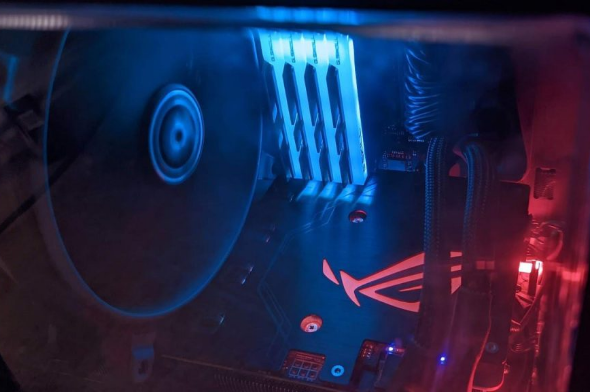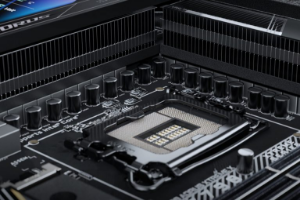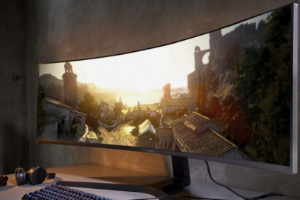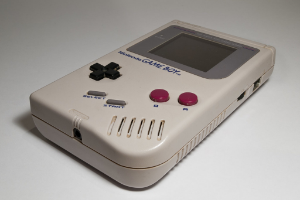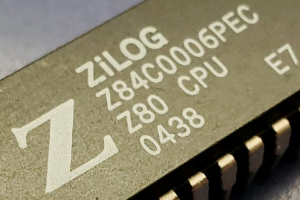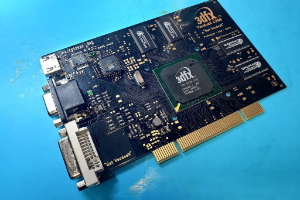Connection to DriversCloudCreate a DriversCloud.com accountReset your DriversCloud.com passwordAccount migration
Are LEDs in our PCs unnecessary or even dangerous?
The aesthetic standards of our PCs have evolved considerably in recent years, and aren't those LEDs we see everywhere a danger?
Just a few years ago, a gamer's PC had to display a more aggressive, angular design, with colors like red and black in most cases. This trend almost completely disappeared in the late 2010s, and LEDs arrived to take over. Allowing almost any fantasy, LEDs were first used on keyboards, mice and, more generally, on all external peripherals (joysticks, headsets, etc.). Later, LEDs were complemented by the massive use of RGB and the installation of LEDs on memory sticks, motherboards, graphics cards... in fact, almost every component, every element of the PC, especially since cases now employ large windows to make these multiple LEDs clearly visible.
Some people have begun to worry about the possible harmful effects of these LEDs, particularly blue LEDs, which could be harmful to the retina and are sometimes associated with age-related macular degeneration (AMD), even though documented studies on this subject are still rare. We leave the question of the impact of LEDs on human health to consider a much more trivial, but not so trivial, case. Users of Reddit forums have illustrated a problem that occurred on their machines. A problem they discovered when changing their graphics card: the LEDs used on the RAM modules had burnt the backplate of their graphics card, the plate that holds the card's PCB in place. The burn marks leave no room for interpretation, and appear to be linked to LED lighting.
Among the hypotheses put forward, there was initially talk of heat emitted by the LEDs, but the pattern that appeared on the backplate suggests an effect of certain types of light, notably blue and violet, whose wavelengths could have burned the materials used on the backplates. While we have yet to see any manufacturer take up the subject, several questions arise. Firstly, if the backplate has been damaged in this way, does the light emitted present any danger to our retinas? We might also ask whether such products comply with safety standards. Moving the problem on, we might also ask whether it isn't the materials used to cover the backplates in question that need to be reviewed? We hope to find out more soon...
